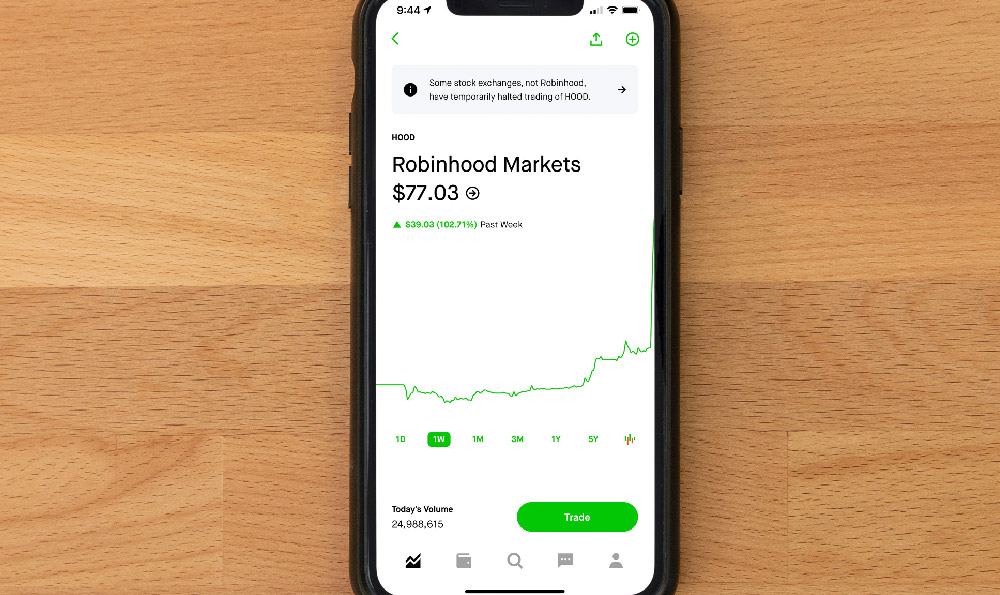To generate income through YouTube, creators must view the platform not just as a content-sharing space but as a dynamic ecosystem that requires strategic planning, consistent effort, and a nuanced understanding of audience behavior and monetization mechanisms. The journey begins with establishing a niche that aligns with both personal expertise and viewer demand, as this forms the foundation for any sustainable revenue stream. Niche specificity allows for targeted content that fosters engagement, which is critical because YouTube's algorithm prioritizes retention and interaction metrics when determining which videos to recommend. A well-defined audience also enables creators to tailor their monetization strategies, whether through direct partnerships or indirect revenue models, ensuring that each approach resonates with the viewership they’ve cultivated.
A key differentiator between successful YouTubers and those who struggle to monetize lies in the ability to balance content quality with audience growth. While producing valuable, original material is paramount, it must be paired with a deliberate plan to expand reach. This involves optimizing video descriptions with relevant keywords, leveraging thumbnails that evoke curiosity, and strategically using tags to improve discoverability. Additionally, understanding the timing of uploads and aligning them with peak audience activity can significantly boost visibility. However, the focus should not solely be on views, as YouTube’s Partner Program requires a minimum of 1,000 subscribers and 4,000 watch hours to qualify, but creating consistent, high-quality content that retains viewers leads to higher earnings over time.
Monetization on YouTube is multifaceted, with creators often employing a mix of strategies to maximize income. The most direct method is through ad revenue, which depends on factors such as video length, audience demographics, and the number of views. However, ads contribute only a fraction of overall earnings, and their effectiveness can fluctuate based on YouTube’s shifting policies and advertiser preferences. Brand collaborations, on the other hand, offer a more stable income but require a credible reputation and active engagement with brands. Collaborations should be approached with caution, ensuring that the partnership aligns with the creator’s values and audience interests to avoid damaging trust. To build such credibility, creators must consistently deliver content that aligns with their niche, fostering a loyal following.

Another lucrative avenue is the monetization of fan support, which includes offering exclusive content to subscribers via the YouTube Premium tier, receiving direct donations through Super Chat, or launching Patreon-style offerings. These methods demand a strong connection with the audience, as viewers are more likely to support creators who provide unique value. For instance, creators in niche areas like gaming, education, or creative arts can offer behind-the-scenes content, early access to videos, or personalized interactions to incentivize support. Additionally, selling branded merchandise or digital products tied to the channel’s theme can diversify income streams, though success in this area often hinges on understanding market trends and audience preferences.
YouTube also provides opportunities for creators to monetize through affiliate marketing, where they earn commissions by promoting products or services. This requires careful consideration of which products to endorse, ensuring they are relevant to the channel’s niche and genuinely beneficial to viewers. Affiliate links can be integrated into video descriptions, end screens, or through dedicated segments that highlight the creator’s recommendations without compromising authenticity. However, over-reliance on affiliate marketing may reduce the perceived value of the channel, so it should be balanced with other revenue sources.
For creators aiming to scale their income further, YouTube Premium memberships and channel memberships offer structured ways to engage and monetize audiences. These options require a compelling value proposition, such as creating exclusive content, providing community interactions, or offering premium perks. Similarly, subscription-based models, like YouTube Premium, can provide a steady income stream but necessitate a loyal audience and high-quality, consistent output. It’s essential to evaluate the costs associated with these monetization strategies, including the time required to create exclusive content or the administrative burden of managing memberships, as they can impact overall productivity.
Beyond direct monetization, creators should consider how YouTube fits into a broader financial strategy. Diversifying income sources across different platforms can mitigate risks associated with YouTube’s ever-changing policies or algorithm updates. For instance, leveraging YouTube content to drive traffic to a personal website or blog can open additional revenue channels, such as selling courses, consultations, or digital products. This approach not only enhances financial stability but also allows creators to build a more comprehensive brand.
Lastly, success on YouTube often requires patience and adaptability. The platform is highly competitive, and profitability may not materialize immediately. Creators must be prepared to refine their content, adjust their strategies based on viewer feedback, and continuously invest in their skills. By maintaining a long-term perspective and balancing creativity with financial planning, creators can transform their YouTube presence into a viable income source while building a resilient financial foundation.












